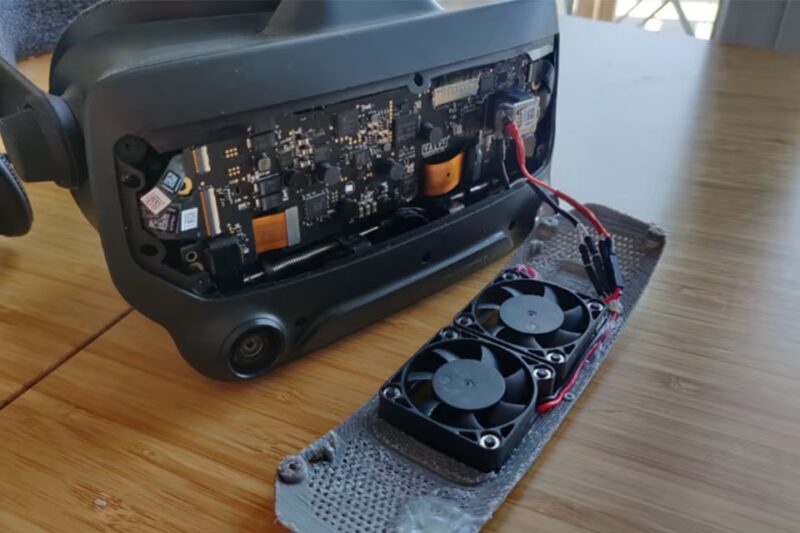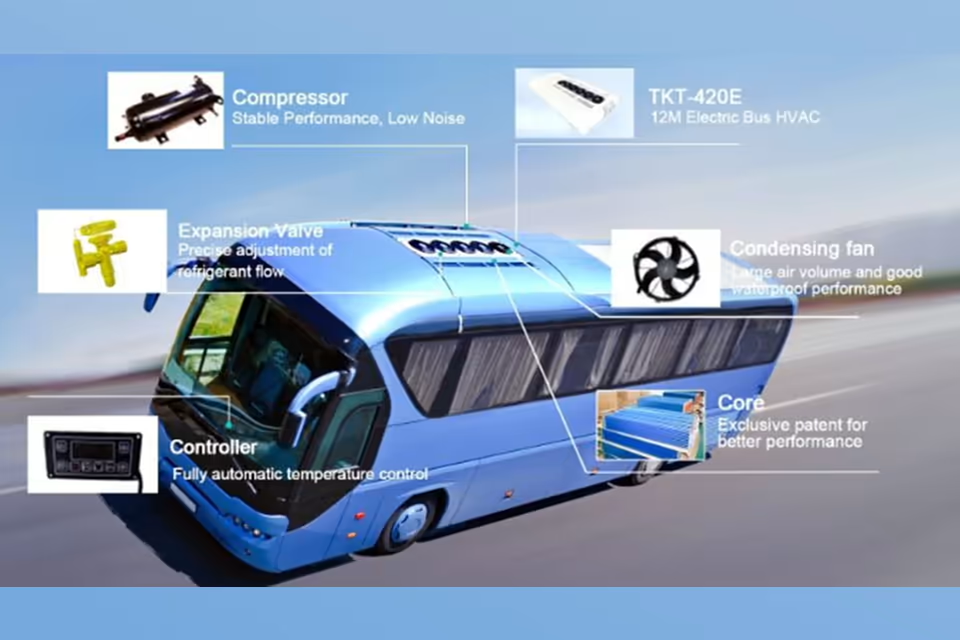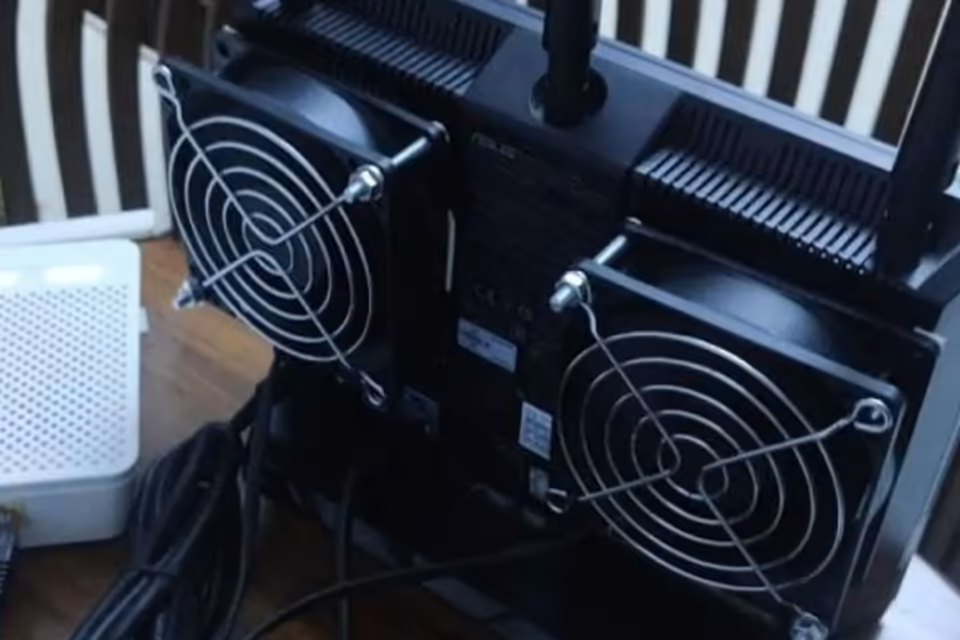Efficient cooling is vital for every VR headset. This article explains why DC blower fans are ideal for compact VR designs—offering high airflow, low noise, and stable performance to ensure user comfort and device reliability.
As virtual reality devices become smaller yet more powerful, managing internal heat becomes increasingly complex. Overheating can not only degrade performance but also shorten component lifespan and affect the immersive user experience.
DC blower fans provide the perfect solution by combining strong static pressure, quiet operation, and flexible speed control, making them the preferred choice for today’s next-generation VR hardware.
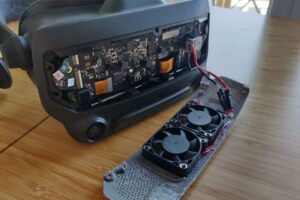
The Heat Challenge in Modern VR Devices
As VR headsets like the Valve Index, Meta Quest, and Pico become more powerful, they integrate high-resolution displays, sensors, and advanced processors within smaller housings. These high-performance components generate considerable heat, which can cause performance throttling, shorter component lifespan, visual artifacts, and user discomfort.
The challenge for manufacturers is to balance thermal efficiency, low noise, and compactness in a limited internal space. Effective cooling is not only about hardware safety—it directly affects immersion quality, comfort, and the longevity of the headset.
Why DC Blower Fans Stand Out in VR Cooling
Unlike axial fans that push air straight through, DC blower fans use a centrifugal airflow path, directing air sideways through narrow ducts—ideal for confined VR enclosures.
DC blower fans stand out because they combine strong static pressure with precise speed control. Their ability to deliver concentrated airflow through compact ventilation channels ensures that critical components such as display drivers, processors, and batteries stay within safe temperature ranges.
These fans operate quietly, typically below 25 dBA, preserving the immersive sound experience that VR demands. Their controllable speed and low-voltage operation (5V or 12V DC) also make them suitable for portable and battery-powered VR headsets.
Moreover, DC blower fans can intelligently adjust their speed based on real-time temperature feedback, providing dynamic cooling that balances performance and power efficiency. This adaptability prevents thermal throttling—a key issue that can lead to frame rate drops and break immersion.
Manufacturers face the challenge of integrating these fans without compromising weight, ergonomics, or noise control. However, continuous innovation in impeller design, material selection, and noise reduction has allowed DC blowers to achieve higher efficiency in smaller, lighter packages—making them indispensable in modern VR thermal design.
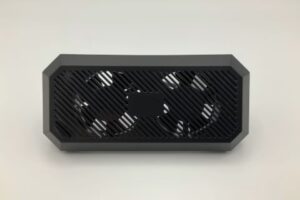
The Science of Silent Cooling in VR Headsets
In virtual reality, silence enhances immersion. Even minor fan noise can reduce the sense of presence. DC blower fans are designed for silent performance while maintaining airflow around sensitive areas such as logic boards and display modules. By minimizing vibration and maintaining consistent temperatures, they help preserve image stability and comfort during long sessions.
Choosing the Right DC Blower Fan for VR Designs
Selecting the proper blower fan requires attention to several factors:
- Size and Form Factor: Common dimensions like 30×30×10 mm or 40×40×10 mm fit neatly into VR headset housings while maintaining adequate airflow.
- Voltage Compatibility: Most VR systems operate on 5V or 12V DC, so fans must match power specifications for safe integration.
- Airflow and Pressure: A range of 1.5–3.5 CFM and static pressure between 5–10 mmH₂O ensures efficient heat dissipation in restricted spaces.
- Noise Control: Keeping noise below 25 dBA is crucial for user immersion and comfort.
- Smart Control: PWM and FG feedback enable precise speed management and real-time monitoring for balanced cooling.
By evaluating these parameters early in product development, VR manufacturers can achieve optimal cooling, energy efficiency, and user satisfaction.
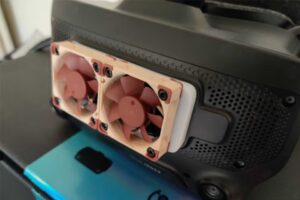
Future Trends
The future of VR cooling lies in miniaturization and smart integration. Innovations such as advanced impeller geometries, vibration-dampening designs, and sensor-driven fan control are shaping the next generation of ultra-efficient blower fans. As headsets become lighter and thinner, compact DC blower fans will remain essential to maintaining performance and reliability.
Partnering for Custom VR Fan Solutions
At Xingqifeng, we specialize in designing and manufacturing custom DC blower fans for VR, AR, and wearable electronics. With years of OEM and ODM experience, we deliver tailored cooling solutions that fit seamlessly into your product design.
Our engineering team provides:
- Customized sizes & voltage options
- Low-noise, high-efficiency performance
- Rapid prototyping and reliability testing
By collaborating with us early in your product development process, you gain access to optimized thermal solutions that enhance performance, extend device life, and improve user comfort, giving your VR products a competitive edge in the market.
Conclusion
As VR technology continues to evolve, effective cooling remains a defining factor in performance and comfort. DC blower fans deliver the perfect balance of strong airflow, compact size, and silent operation.
For VR manufacturers seeking to elevate reliability and immersion, these fans are not just components—they are the foundation of cool, stable, and next-generation virtual reality experiences.

